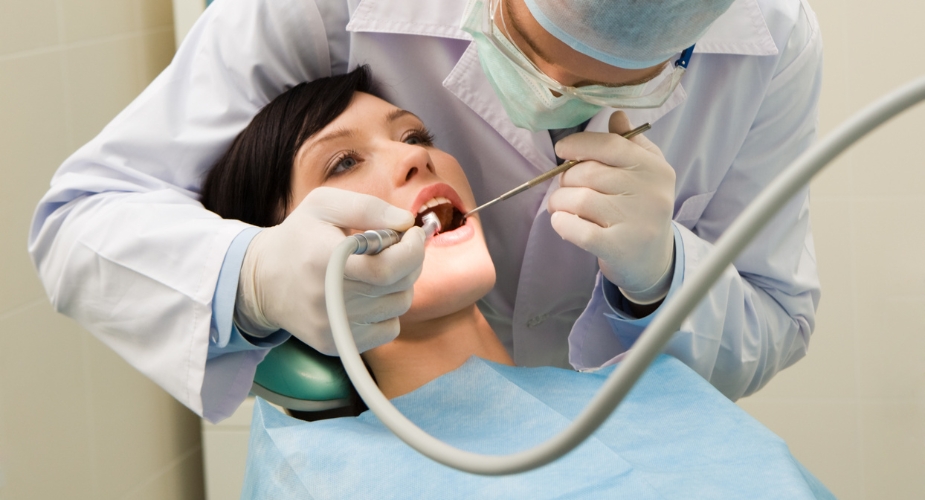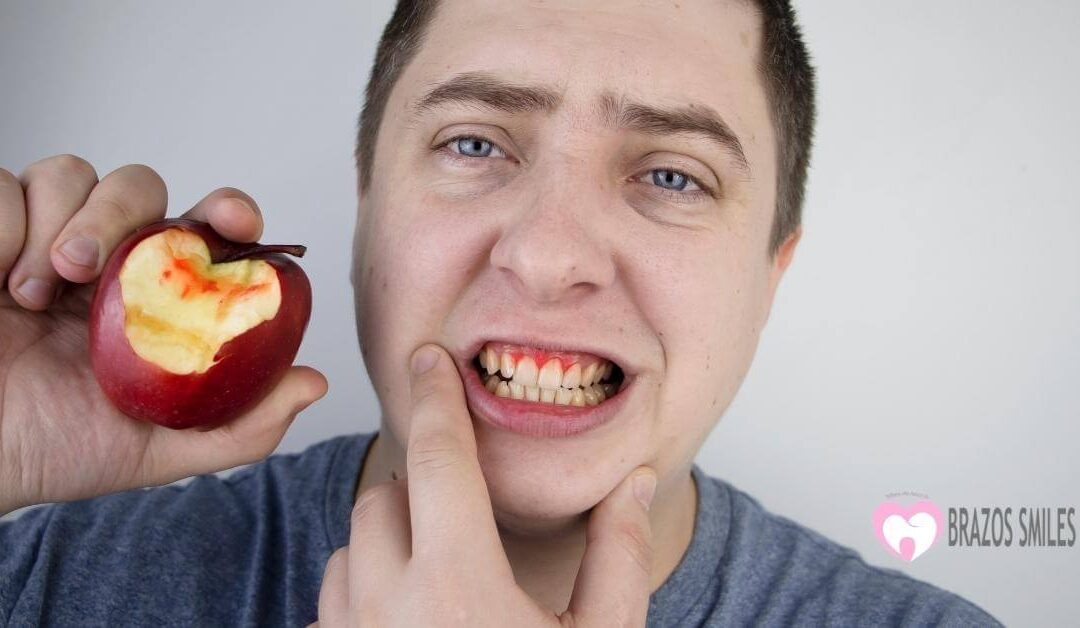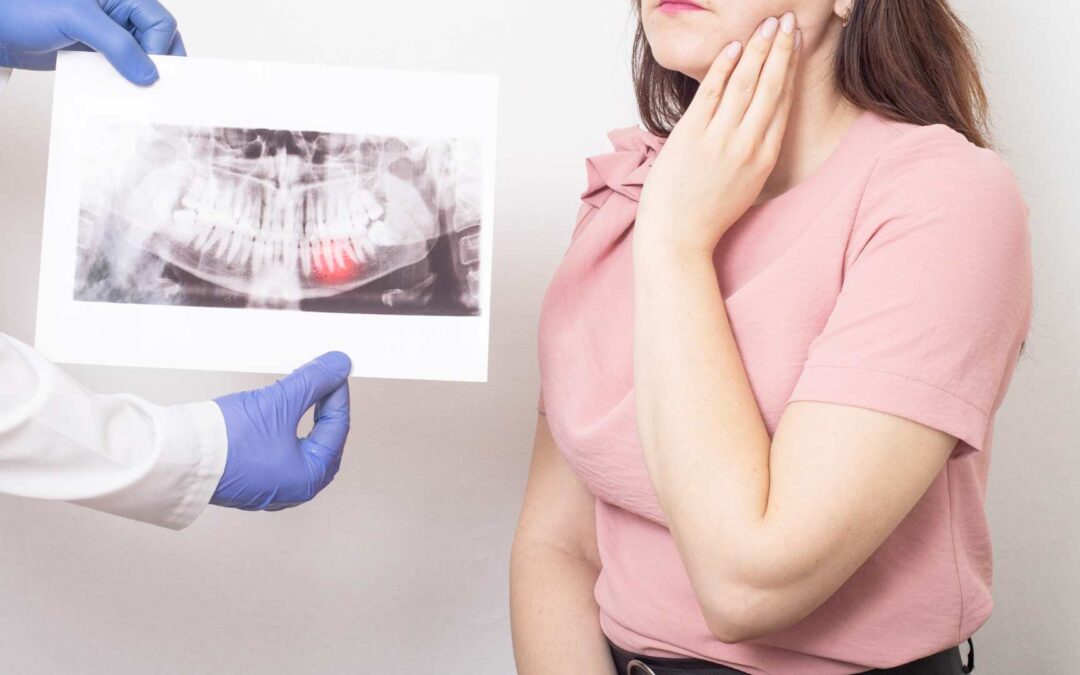Unpleasant bumps and sores on the roof of the mouth can be an alarming and uncomfortable experience, leaving individuals wondering about their causes and potential implications. The roof of the mouth, also known as the palate, is a sensitive area, and any abnormalities in this region can cause concern. In this blog, we will delve into the various reasons behind bumps and sores in the roof of the mouth, their associated symptoms, and when it is essential to seek professional medical attention. The roof of the mouth is composed of delicate tissue and is susceptible to various irritants and infections.
Bumps or sores in this area can occur for numerous reasons, ranging from harmless causes to potential indicators of underlying health issues. Understanding the possible triggers can help individuals assess the severity of their condition and take appropriate measures for relief and recovery. While some bumps and sores in the roof of the mouth may resolve on their own or with simple home remedies, others may require professional medical evaluation. We will discuss red flags and symptoms that indicate a need for medical attention, such as persistent pain, rapid bump or sore growth, or other concerning symptoms.
Preventing bumps and sores in the roof of the mouth involves maintaining good oral hygiene and avoiding known irritants. We will provide practical tips for oral care and habits to minimize the risk of developing these issues. Furthermore, understanding various treatment options, such as over-the-counter remedies, topical gels, or prescription medications, will empower individuals to manage their condition and promote healing effectively.
Common Causes and Symptoms
Bumps and sores in the roof of the mouth can cause discomfort and concern, but understanding their common causes and associated symptoms can provide valuable insights. Canker sores, also known as aphthous ulcers, are one of the most prevalent culprits. These small, painful ulcers can develop on the mouth’s soft tissues, including the palate. While they are not contagious and typically heal on their own within a week or two, their occurrence can be triggered by factors like stress, certain foods, or mouth injuries.

Mucoceles are another possible cause of bumps on the roof of the mouth. These painless, fluid-filled sacs occur when a salivary gland becomes blocked, accumulating saliva. Mucoceles can appear bluish or transparent and tend to rupture and heal on their own.
Palatal tori are benign bony growths that can emerge on the roof of the mouth. They are usually painless and harmless, but if they become irritated or cause discomfort, a dental professional can evaluate and recommend appropriate management.
Understanding these common causes and their distinct symptoms can aid individuals in determining the nature of their condition and whether self-care measures are sufficient or if professional evaluation is necessary.
Canker Sores, Mucoceles, and Palatal Tori
Identifying the triggers for bumps and sores in the roof of the mouth is crucial in managing and preventing their recurrence. As mentioned earlier, Canker sores can be prompted by stress, injury, or certain foods, such as acidic or spicy items. Identifying and avoiding these triggers can help reduce the likelihood of canker sores.
Mucoceles typically result from the trauma or blockage of a salivary gland duct. Accidental biting of the inside of the mouth or other oral injuries can lead to the development of mucoceles. Maintaining good oral hygiene and avoiding habits that may irritate the mouth can aid in preventing their occurrence.
Palatal tori, being benign growths, do not have specific triggers and are often considered to have a genetic predisposition. They usually require no treatment unless they cause discomfort or interfere with oral function.
Unraveling the Link to Roof of the Mouth Sores
Bumps and sores in the roof of the mouth can also be the result of infections and inflammation. Viral infections, such as herpes simplex virus (HSV-1), can cause cold sores or fever blisters on the lips or inside the mouth, including the palate. These sores are contagious and can be recurrent.

Bacterial infections, on the other hand, may cause abscesses or ulcers in the mouth. Inflammation of the palatal tissue can lead to painful sores that may require professional treatment, such as antibiotics or drainage of an abscess.
Understanding the connection between infections and roof of the mouth sores can help individuals identify the need for prompt medical evaluation and appropriate treatment.
Red Flags and Warning Signs
While many instances of bumps and sores in the roof of the mouth may resolve on their own, certain red flags and warning signs warrant medical attention. Persistent or severe pain, rapid bump or sore growth, and other concerning symptoms, such as fever or difficulty swallowing, should not be ignored. These signs may indicate an underlying infection, an oral lesion that requires biopsy, or a more serious health issue that requires immediate evaluation by a healthcare professional.
Knowing when to seek medical attention is essential in ensuring timely diagnosis and appropriate treatment, providing relief and preventing potential complications.
Effective Strategies for Relief and Healing
Preventing bumps and sores in the roof of the mouth involves adopting proactive measures and practicing good oral hygiene. Avoiding triggers like stress and certain foods can be helpful for canker sores. Maintaining good oral hygiene, such as regular brushing and flossing, can help prevent oral infections that may lead to sores.
Prevention may not always be possible for mucoceles and palatal tori, as they can have genetic or accidental causes. However, avoiding habits that may irritate the mouth, such as biting the inside of the cheeks or using tobacco products, or have issues with wisdom teeth removal that can help minimize the risk of oral injuries that may lead to mucoceles.
In terms of treatment, most canker sores and mucoceles heal on their own with time. Over-the-counter topical gels or mouth rinses can provide relief from discomfort. However, a dental or medical professional may recommend further evaluation and treatment if the sores persist or become problematic.
For infections and more severe sores, professional evaluation and treatment are essential. Depending on the cause and severity, treatment options may include antibiotics, antiviral medications, or drainage of an abscess.
Conclusion:
Bumps and sores in the roof of the mouth can be concerning and uncomfortable, but armed with knowledge about their common causes, triggers, and symptoms, individuals can navigate their condition with greater confidence. Canker sores, mucoceles, and palatal tori are among the common culprits, each with its distinct characteristics and treatment approaches. Infections and inflammation can also contribute to the development of sores, warranting timely medical evaluation and appropriate treatment.
Recognizing the red flags and warning signs that necessitate professional attention is crucial in preventing potential complications and ensuring prompt intervention. While some cases may resolve on their own with proper oral care and home remedies, others may require medical evaluation to address the underlying cause effectively.
Prevention plays a pivotal role in reducing the occurrence of bumps and sores in the roof of the mouth. Adopting good oral hygiene practices, avoiding known triggers, and being mindful of habits that may irritate the mouth can help minimize the risk of these uncomfortable occurrences.
Individuals should prioritize their oral health and seek professional evaluation when necessary, especially in persistent pain, rapid growth of sores, or other concerning symptoms. Dentists and healthcare professionals can provide appropriate diagnosis, treatment, and relief, ensuring the overall well-being of the oral cavity.
Ultimately, staying informed and proactive in oral care empowers individuals to manage bumps and sores effectively, promoting healing and preventing complications. By embracing preventive measures, seeking timely treatment, and maintaining a healthy lifestyle, individuals can nurture a pain-free and comfortable oral environment, enabling them to smile and speak with confidence once again. So, let’s take charge of our oral health, you may contact your dentist in angleton texas, armed with the knowledge and strategies to keep our palate healthy and vibrant for a lifetime of well-being and happiness.
Disclaimer: This blog is for informational purposes only and should not be considered medical advice. Always consult a healthcare professional for personalized guidance.






